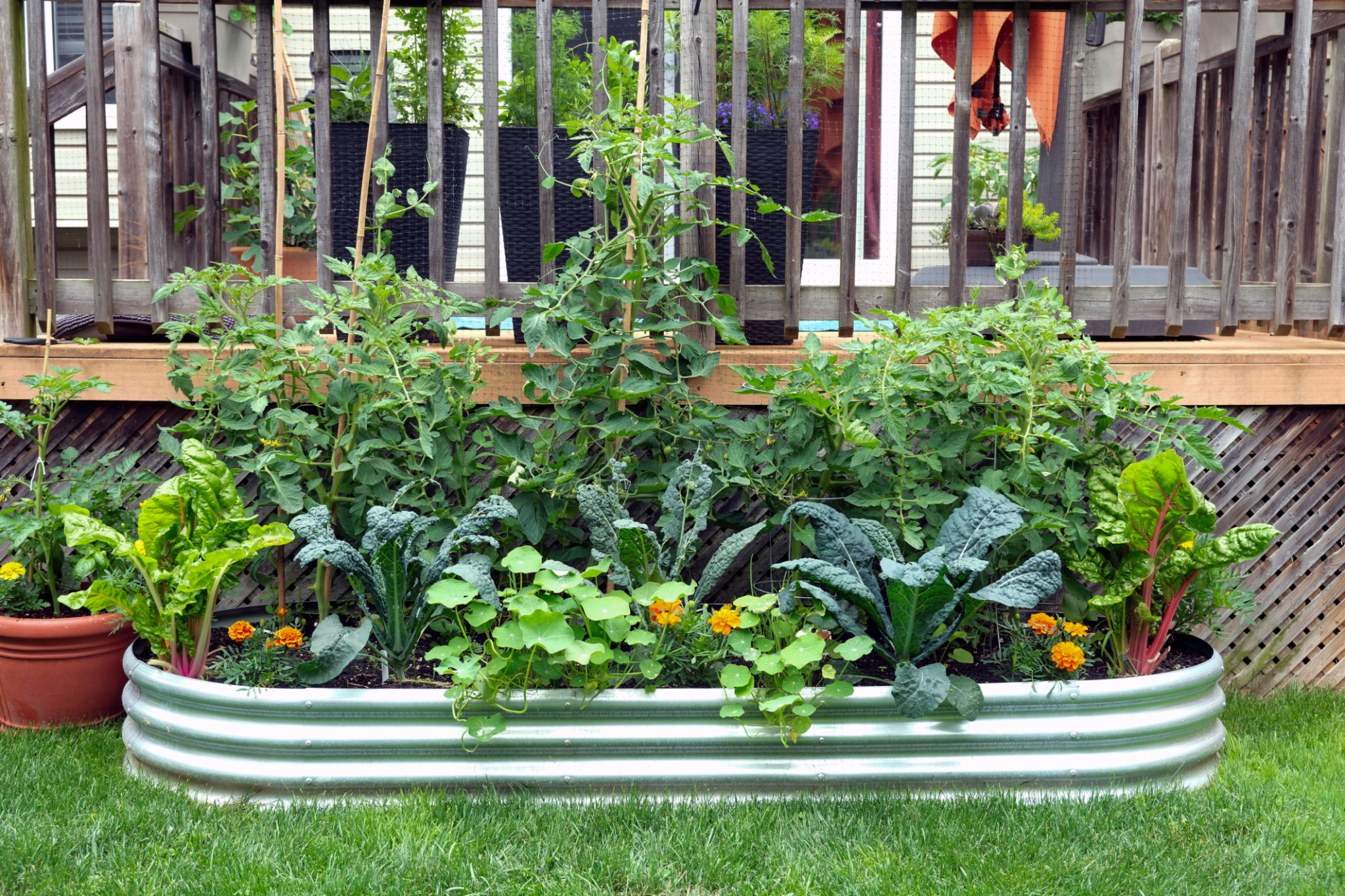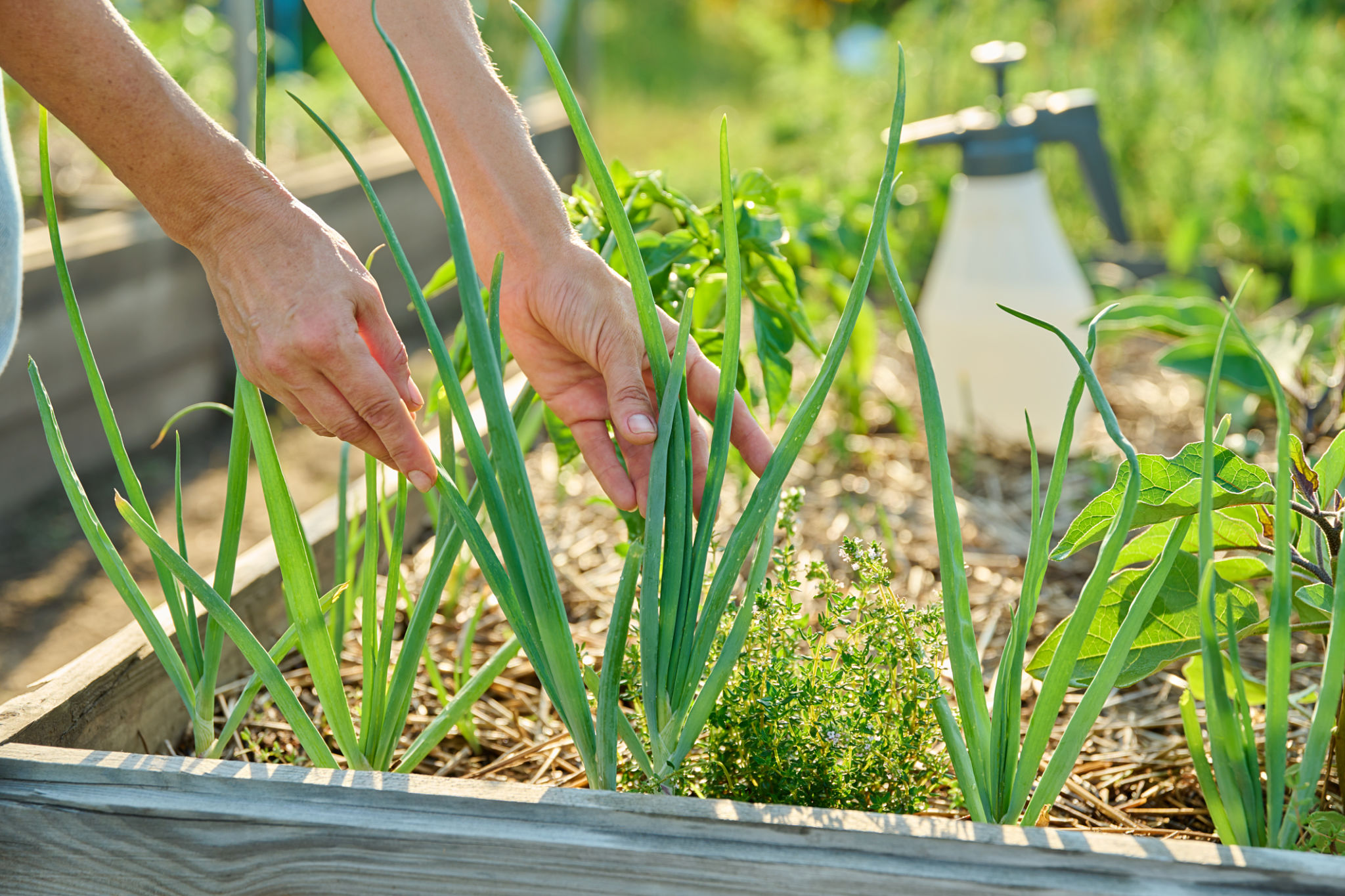Sustainable Landscaping Practices: Creating an Eco-Friendly Garden in KY
MP
Introduction to Sustainable Landscaping
Creating an eco-friendly garden is more than just a trend; it's a commitment to promoting biodiversity and conserving resources. In Kentucky, with its unique climate and diverse ecosystems, adopting sustainable landscaping practices can make a significant impact. This guide will explore how you can transform your backyard into an environmentally friendly haven while maintaining its beauty.

Choosing Native Plants
One of the most effective ways to create a sustainable garden is by choosing native plants. These plants are naturally adapted to the local climate and soil conditions, requiring less water and maintenance. In Kentucky, consider incorporating species like the Eastern Redbud, Wild Bergamot, and Kentucky Bluegrass. These plants not only thrive in the region but also support local wildlife.
Native plants also reduce the need for chemical fertilizers and pesticides, creating a healthier environment for both plants and pollinators. By selecting these species, you contribute to the preservation of Kentucky's natural heritage.
Efficient Water Management
Water conservation is crucial in sustainable landscaping. Implementing efficient water management techniques can significantly reduce your garden’s water usage. Consider installing a rain barrel to collect and store rainwater for irrigation purposes. Drip irrigation systems are also ideal as they deliver water directly to the plant roots, minimizing evaporation and runoff.

Additionally, designing your garden with drought-resistant plants and incorporating mulch can help retain soil moisture. Mulching not only conserves water but also suppresses weeds and enriches the soil as it decomposes.
Composting for Soil Health
Composting is a simple yet effective way to enhance soil health in your garden. By recycling kitchen scraps and garden waste, you create nutrient-rich compost that improves soil structure and fertility. This process reduces landfill waste and decreases the need for synthetic fertilizers.
Start by setting up a compost bin in a shaded area of your garden. Regularly turn the compost to aerate it, speeding up decomposition. Within a few months, you will have organic material ready to be used as a natural fertilizer for your plants.

Designing Wildlife Habitats
Encouraging wildlife in your garden is an essential aspect of sustainable landscaping. By providing habitats for birds, bees, and butterflies, you contribute to the ecosystem's balance. Planting a variety of flowers that bloom at different times ensures a continuous food source for pollinators.
Additionally, consider creating small water features such as bird baths or ponds to attract various species. Installing birdhouses or bee hotels offers shelter and nesting opportunities, further enhancing biodiversity in your garden.
Reducing Lawn Size
Traditional lawns require significant resources to maintain. By reducing the size of your lawn and replacing it with native plant beds or other ground covers, you can save water, reduce chemical use, and lower maintenance efforts. Consider incorporating clover or moss as alternatives for green spaces that require less mowing and irrigation.

This approach not only supports local wildlife but also creates visually appealing landscapes that change with the seasons.
Conclusion: Commitment to Sustainability
By adopting sustainable landscaping practices, you can create an eco-friendly garden that benefits both the environment and your community in Kentucky. From choosing native plants and conserving water to enhancing biodiversity, each step contributes to a healthier planet. Embrace these changes, and enjoy a beautiful, sustainable outdoor space that reflects your commitment to the environment.
